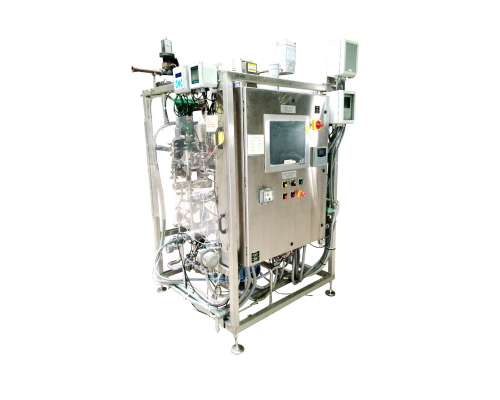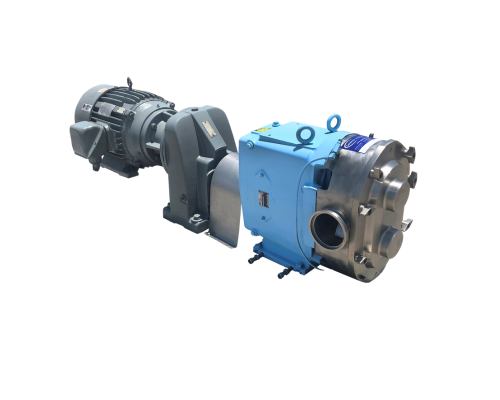Thanksgiving is synonymous with turkey, the centerpiece of countless dinner tables. But have you ever wondered how that perfectly packaged turkey ends up at your local grocery store? The journey from farm to table involves careful coordination, rigorous safety measures, and state-of-the-art equipment and technology. Here’s a look into how food processors handle the production of packaged turkeys for the holiday season.
1. Raising the Birds
The process begins on turkey farms, where birds are raised under controlled conditions to ensure optimal health and growth. Farmers monitor factors such as diet, housing, and health. Most turkeys are bred specifically for the holiday season, with their growth cycle carefully timed so they reach the ideal size by November.
Modern farming practices emphasize humane treatment and compliance with industry standards, ensuring turkeys are raised ethically while meeting consumer demand.

2. Transportation to Processing Facilities
Once the turkeys reach the desired weight—typically around 15-30 pounds—they are transported to USDA-approved processing facilities. The transportation process is designed to minimize stress for the animals and maintain their welfare, following strict guidelines for safety and humane handling.
3. Processing the Turkeys
At the processing facility, turkeys go through several steps to transform them from farm animals into the packaged product shoppers recognize.
-
Stunning and Slaughtering: Federal regulations require humane slaughtering methods. The turkeys are rendered unconscious before processing.
-
Feather Removal: The birds are passed through equipment that removes feathers using a combination of hot water and mechanical plucking devices.
-
Evisceration: After feathers are removed, the birds are cleaned, and internal organs are carefully extracted. Some of these organs, like the heart, liver, and gizzard, are packaged separately as giblets.
4. Inspection and Quality Control
Every turkey undergoes inspection by USDA officials to ensure it meets food safety and quality standards. Inspections cover everything from visible defects to contamination risks. Any bird that fails inspection is removed from the production line.
5. Chilling and Packaging
Processed turkeys are rapidly chilled to prevent bacterial growth. There are two common methods: air chilling and water immersion.
Once chilled, the turkeys are portioned (whole or cut into pieces), weighed, and vacuum-sealed or wrapped in specialized packaging that preserves freshness. Labels indicating weight, nutritional information, and cooking instructions are added at this stage.

6. Customization for Market Demands
To cater to diverse consumer preferences, processors offer variations such as organic, free-range, pre-seasoned, or stuffed turkeys. These require additional steps like brining, seasoning, or stuffing before packaging.
7. Freezing and Distribution
Packaged turkeys destined for grocery stores are either frozen or refrigerated, depending on the market demand. Frozen turkeys are stored at subzero temperatures to extend shelf life, while fresh turkeys are distributed within a shorter time frame.
The packaged turkeys are then transported in refrigerated trucks to retailers nationwide, ensuring they remain in peak condition.
8. The Final Stop: Your Dinner Table
Once in stores, the turkeys are displayed for sale, ready for customers to purchase and prepare. Many families buy their turkeys weeks in advance, especially if frozen, while fresh turkey shoppers wait until closer to Thanksgiving.















